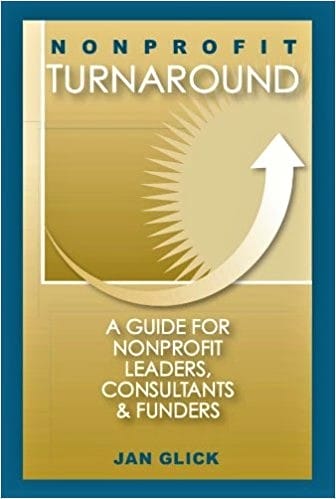Why Mergers and Partnerships Are Gaining Ground
The nonprofit sector has long weathered cycles of economic turbulence, but the past 15years have marked a fundamental shift in how organizations survive—and thrive. From the Great Recession to COVID-19 and beyond, one thing is clear: external conditions are now the biggest threat to nonprofit sustainability.
Gone are the days when internal leadership and operational efficiency alone could carry a nonprofit through lean times. Funding—both philanthropic and governmental—has not returned to pre-2008 levels, and today’s nonprofits face growing demand with fewer resources. Add in rising operational costs, increased competition, and policy shifts, and it’s no wonder many mission-driven organizations are at a crossroads.
At Glick Davis and Associates, we’ve seen this shift firsthand. Over the past decade, we’ve supported dozens of nonprofits navigating strategic restructuring—not justthrough traditional turnarounds, but increasingly through partnerships, affiliations, and full mergers. What’s driving this trend?
It’s Not Just About Survival—It’s About Mission Continuity
Unlike corporate mergers driven by shareholder value, most nonprofit consolidations are motivated by a shared desire to preserve and strengthen community impact.Nonprofits seek partnerships not for profit, but to ensure their programs, services, and missions endure—even when independent operation is no longer viable.
These partnerships often yield benefits such as:
- Stronger internal systems through shared staff, infrastructure, and technology
- Greater fundraising capacity via combined development teams
- Wider service reach and more comprehensive programming
- Minimal job loss, particularly for frontline staff who remain essential to service delivery
Why Timing Is Everything
One of the hardest truths? Many nonprofits wait too long. Leaders often delay difficult conversations until cash reserves are nearly depleted or key staff begin to leave. But by that point, negotiating a favorable merger or partnership becomes much harder—and your organization has fewer assets (both financial and human) to bring to the table.
If you’re seeing signs that the status quo can’t continue—don’t wait. A timely, proactive approach can open the door to a stronger, more sustainable future through strategic consolidation.
A Word on Control and Culture
It’s natural for nonprofit leaders and boards to feel hesitation. The loss of control, potential changes in governance, and cultural shifts can be daunting. But thoughtful planning and a values-aligned partner can turn fear into momentum. Our experience shows that, with the right structure and support, partnerships can preserve legacies while building new opportunities for growth.
Yes, Nonprofit Mergers Can Work
Despite common misconceptions, nonprofit mergers aren’t about erasing identities—they’re about building resilience. Most leaders we’ve worked with say they’d do it again. Why? Because their services continue. Their staff found renewed stability.And their missions—often decades in the making—live on.
Is your organization facing increasing financial stress or long-term uncertainty? We can help assess your readiness and explore what strategic partnership or consolidation could mean for your future.
Read the full white paper to explore lessons from 26 real-world nonprofit mergers, and what your organization can learn from their journeys.
Nonprofit Turnaround: A Guide for Nonprofit Leaders, Consultants and Funders

